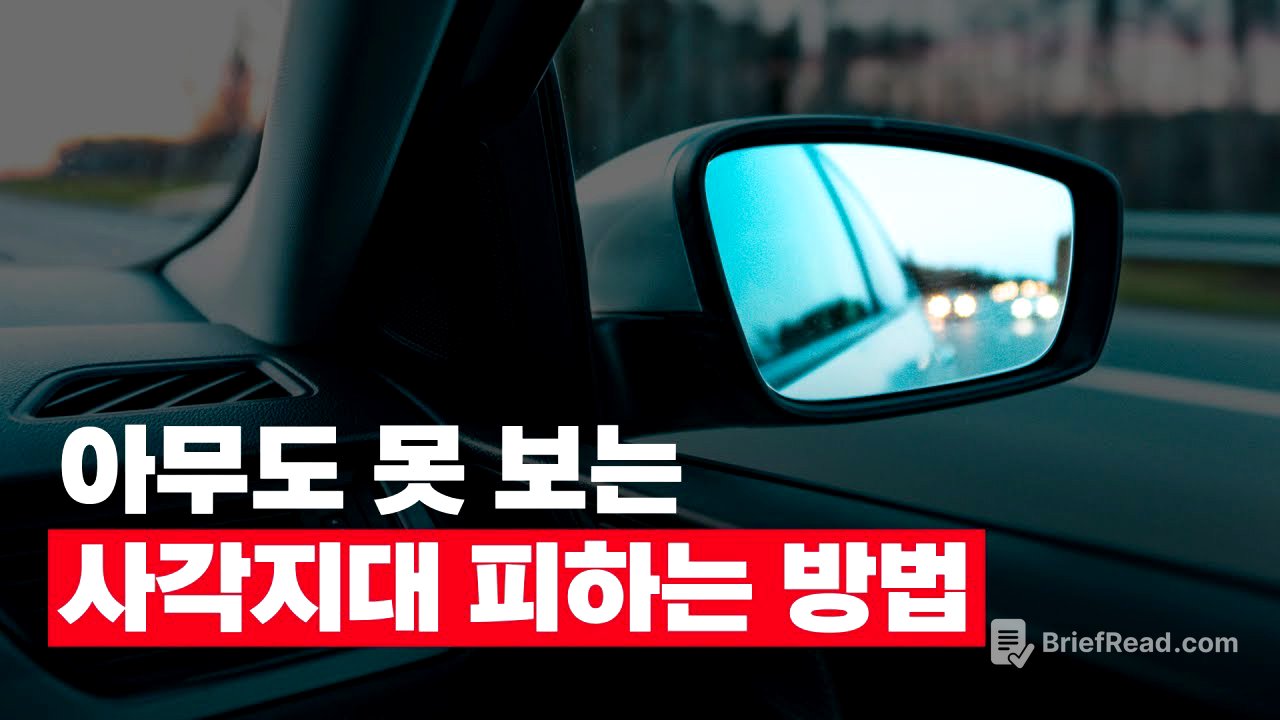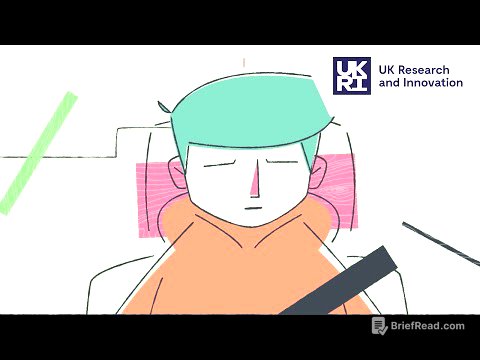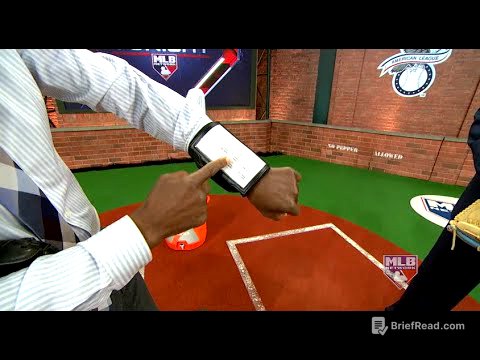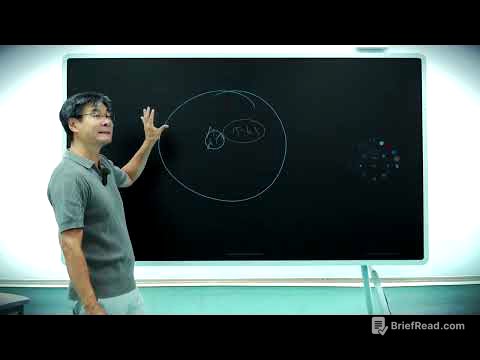TLDR;
The video discusses the dangers of blind spots in vehicles and provides practical tips to prevent accidents caused by them. It emphasizes the importance of proper side mirror adjustment, utilizing blind spot warning systems, performing shoulder checks, and adopting defensive driving habits. The key takeaway is that awareness and proactive measures are crucial in mitigating the risks associated with blind spots.
- Blind spots are areas around a vehicle that cannot be seen in the mirrors.
- Accidents occur when drivers fail to recognize their blind spots.
- Proper mirror adjustment, blind spot detection systems, shoulder checks, and defensive driving can help prevent accidents.
Introduction to Blind Spots [0:00]
Side mirrors are essential for understanding your surroundings while driving, but they don't show everything, creating blind spots. Blind spots are areas around the vehicle that cannot be seen in the side or rearview mirrors due to the vehicle's structure and limitations of the mirrors. These areas are typically located on the sides of the vehicle, beyond the rear seat window and near the rear tires.
The Danger of Blind Spots [0:35]
Blind spots exist in all vehicles, regardless of size. Large trucks have significantly larger blind spots compared to passenger cars. When vehicles, motorcycles, or pedestrians enter these blind spots, it can easily lead to major accidents during turns or lane changes. These accidents often result from drivers failing to properly recognize their blind spots. Data indicates that equipping large vehicles with blind spot detection devices increases driver awareness and braking rates, preventing accidents.
Adjusting Side Mirrors [1:24]
Properly adjusting side mirrors is crucial for minimizing blind spots. Beginner drivers often make the mistake of angling their side mirrors to show too much of the vehicle's side, which increases blind spots. Instead, adjust the mirrors to show only a small portion of the vehicle's side, allowing the rest of the mirror to cover a wider area of the road.
Utilizing Blind Spot Warning Systems and Auxiliary Mirrors [1:44]
Newer vehicles often come equipped with Blind Spot Detection (BSD) systems, which use sensors to detect objects near the car and alert the driver with lights or sounds. These systems provide quick and safe warnings about surrounding vehicles. If a vehicle does not have BSD, auxiliary mirrors can be used to minimize blind spots. These small mirrors attach to the side mirrors, expanding the field of vision and preventing accidents at a low cost.
Shoulder Checks and Defensive Driving [2:14]
Before changing lanes, it is important to develop the habit of turning your head to check for vehicles, known as a shoulder check. Even if nothing is visible in the side mirrors, a quick glance over the shoulder can reveal a car in the blind spot. Relying solely on side mirrors can lead to serious accidents. Additionally, adopting leisurely driving habits, such as signaling and waiting a few seconds before changing lanes, promotes defensive driving. Being aware of your surroundings and prepared for unexpected situations is the best way to avoid the dangers of blind spots. The most important thing is to be suspicious of what you cannot see and acknowledge the existence of blind spots.









